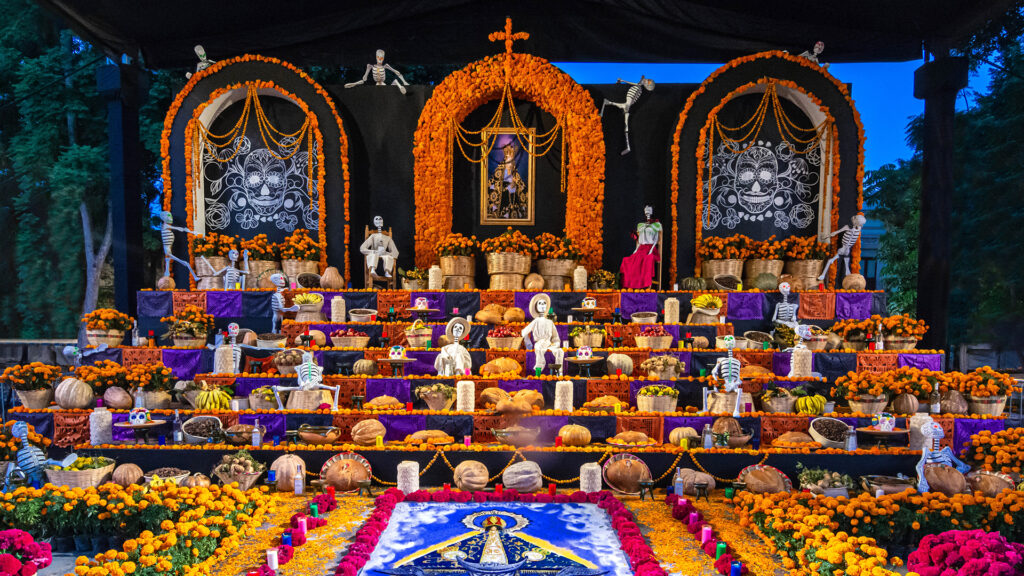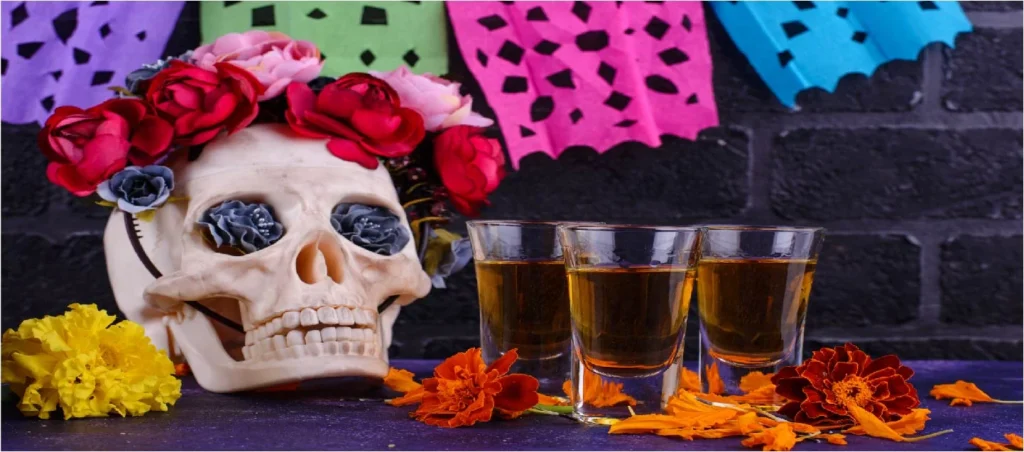Día de Los Muertos: Understanding its Importance in Latino Culture for Healthcare Providers
In the Latino culture, DÃa de Los Muertos, or Day of the Dead, holds great significance and plays a crucial role in honoring and remembering loved ones who have passed away. As healthcare providers, understanding the traditions, beliefs, and values associated with DÃa de Los Muertos can help foster a culturally competent environment, leading to better patient interactions and improved healthcare outcomes. This blog aims to shed light on the importance of DÃa de Los Muertos in the Latino culture and provide valuable insights for healthcare providers seeking to learn about and respect this rich tradition.
- The Origins and Meaning of DÃa de Los Muertos:
DÃa de Los Muertos is a cultural celebration deeply rooted in Latino Indigenous rituals and Catholic traditions. It is observed on November 1st and 2nd each year and serves as a time for families to gather and honor deceased loved ones. Far from being a morbid or sad occasion, DÃa de Los Muertos is a joyous celebration that commemorates the lives of the departed. It emphasizes the belief that the spirits of our loved ones return to join and celebrate with the living.
- Cultural Significance and Customs:
- a) Altars (Ofrendas): One of the most iconic aspects of DÃa de Los Muertos is the creation of elaborate altars adorned with photographs, favorite foods, flowers (especially marigolds), candles, and other meaningful objects. These altars serve as a way to welcome the spirits back to the world of the living.
- b) Calacas and Calaveras: Skeletons, or calacas, and skull-shaped candies, or calaveras, are prevalent symbols during DÃa de Los Muertos. They remind individuals to embrace the cycle of life and death and are often depicted in vibrant colors and artistic designs.
- c) Marigolds: Known as “flor de muerto” or flower of the dead, marigolds hold a special significance during this festival as their vibrant color and strong scent are believed to guide the spirits of the deceased back to their families.

- Healthcare Considerations:
- a) Cultural Sensitivity: Understanding the cultural significance of DÃa de Los Muertos allows healthcare providers to approach conversations about death and loss with sensitivity. Recognizing the importance of this celebration can help establish trust and rapport with Latino patients.
- b) Family-Centered Care: DÃa de Los Muertos is deeply rooted in family traditions, and the importance of familial bonds is emphasized during this time. Recognizing and involving family members in healthcare decisions can enhance patient-centered care for Latino patients.
- c) Grief and Emotional Support: DÃa de Los Muertos can be an emotional time for individuals who have lost loved ones. Offering support and resources for grief counseling or bereavement services can be invaluable in helping patients navigate their emotional journey.

Conclusion:
As healthcare providers, serving a diverse patient population requires an ongoing commitment to cultural competence. Understanding the significance of DÃa de Los Muertos in the Latino culture provides healthcare professionals with a deeper understanding of their patients’ values and beliefs. By acknowledging and respecting the traditions associated with this celebration, healthcare providers can provide more compassionate, patient-centered care, ultimately improving healthcare outcomes for their Latino patients. Embracing cultural diversity and fostering an inclusive environment are essential steps towards achieving equity in healthcare services.
Let’s come together this DÃa de los Muertos to celebrate, uplift, and honor the spirits of our loved ones. Let’s keep this beautiful tradition thriving for generations to come.
Join us in one of our Medical Spanish & Cultural Awareness Courses to learn more cultural insights.
We hope to see you in a future class!
